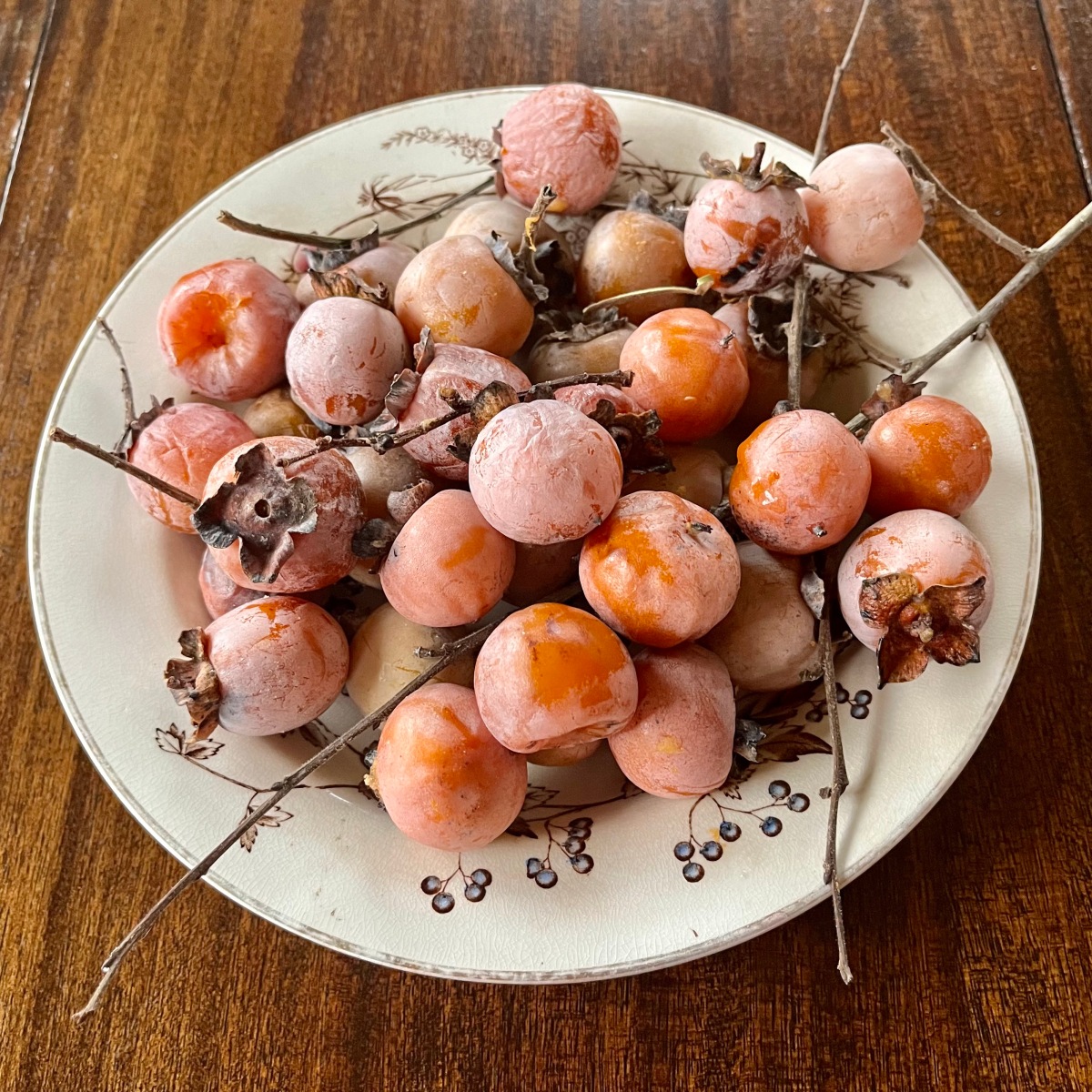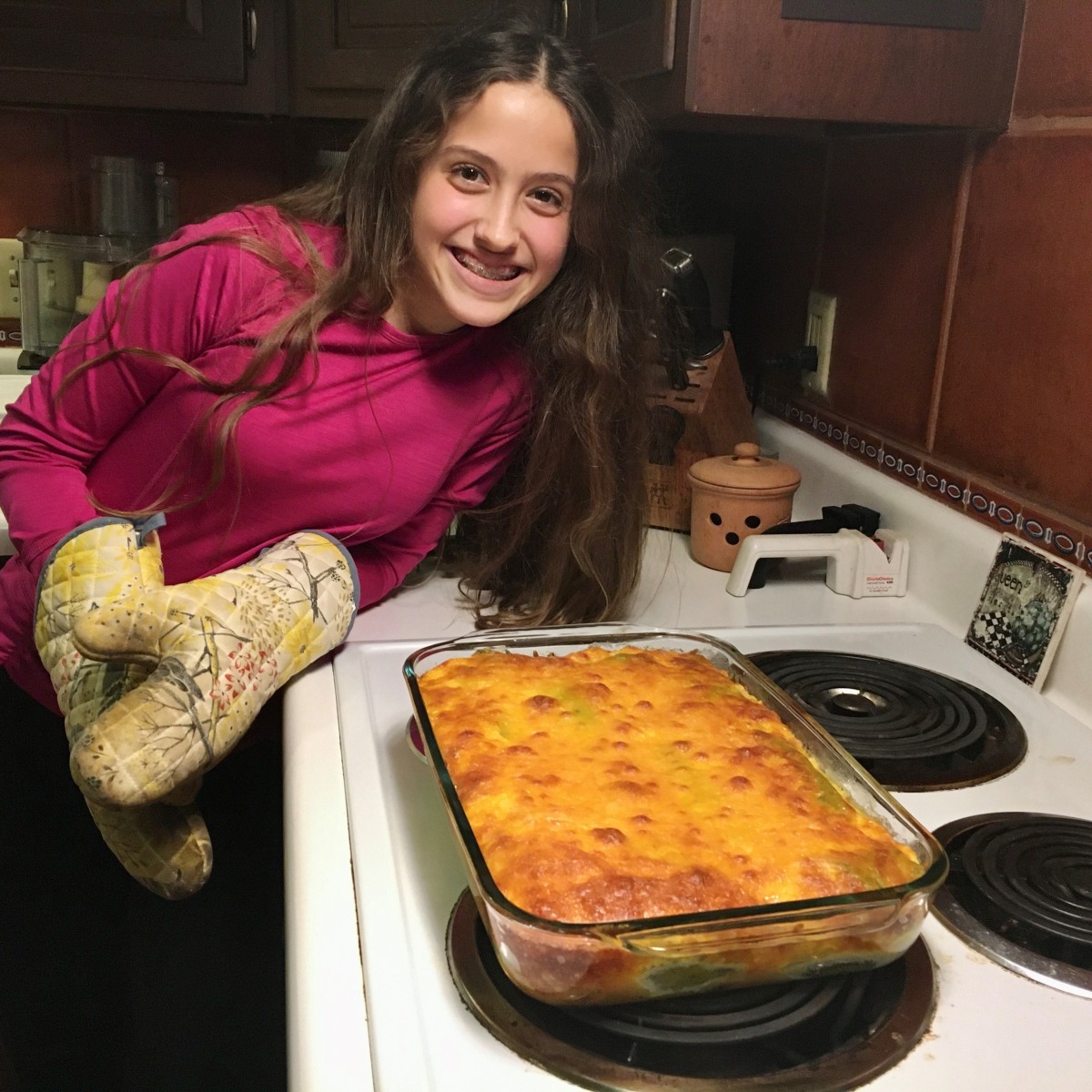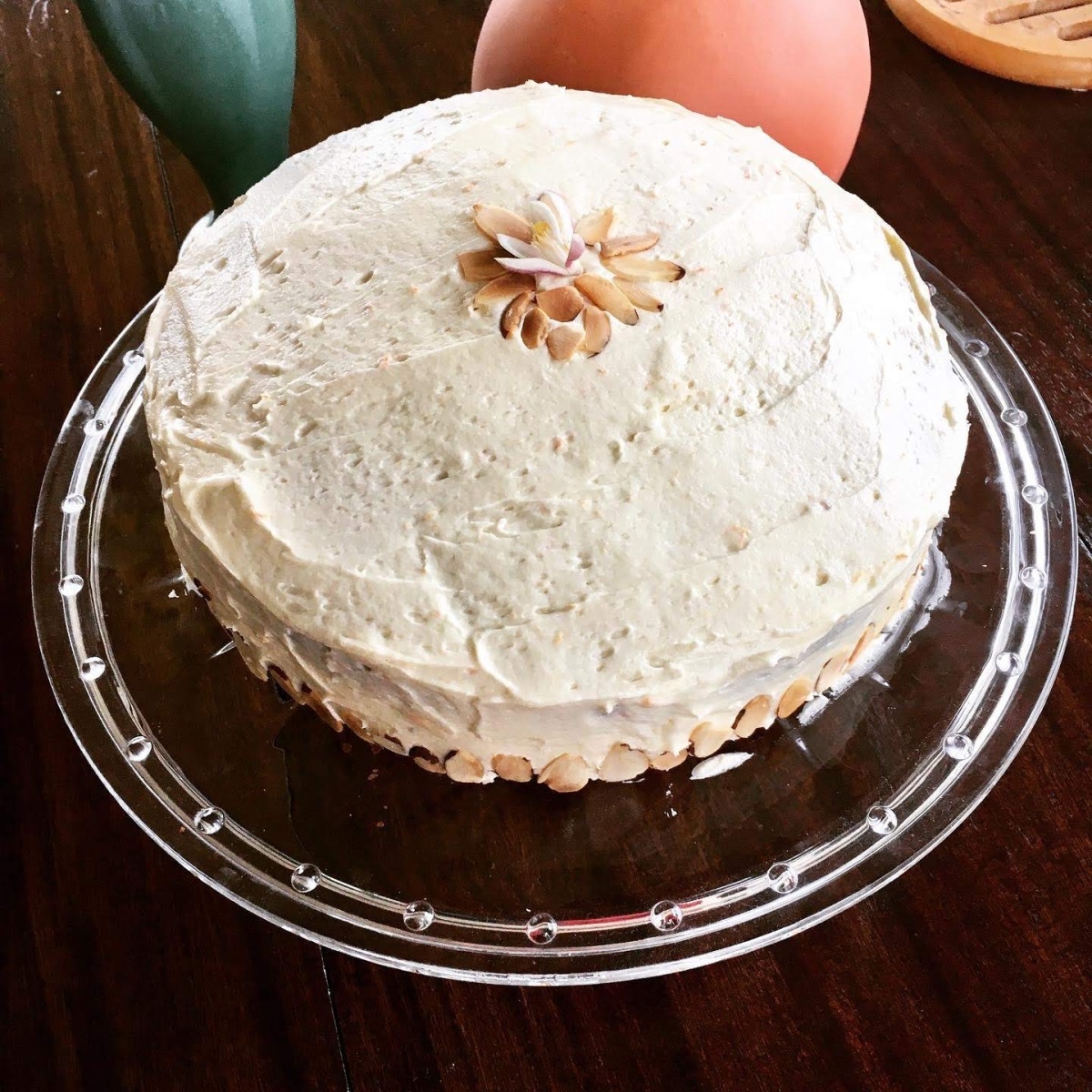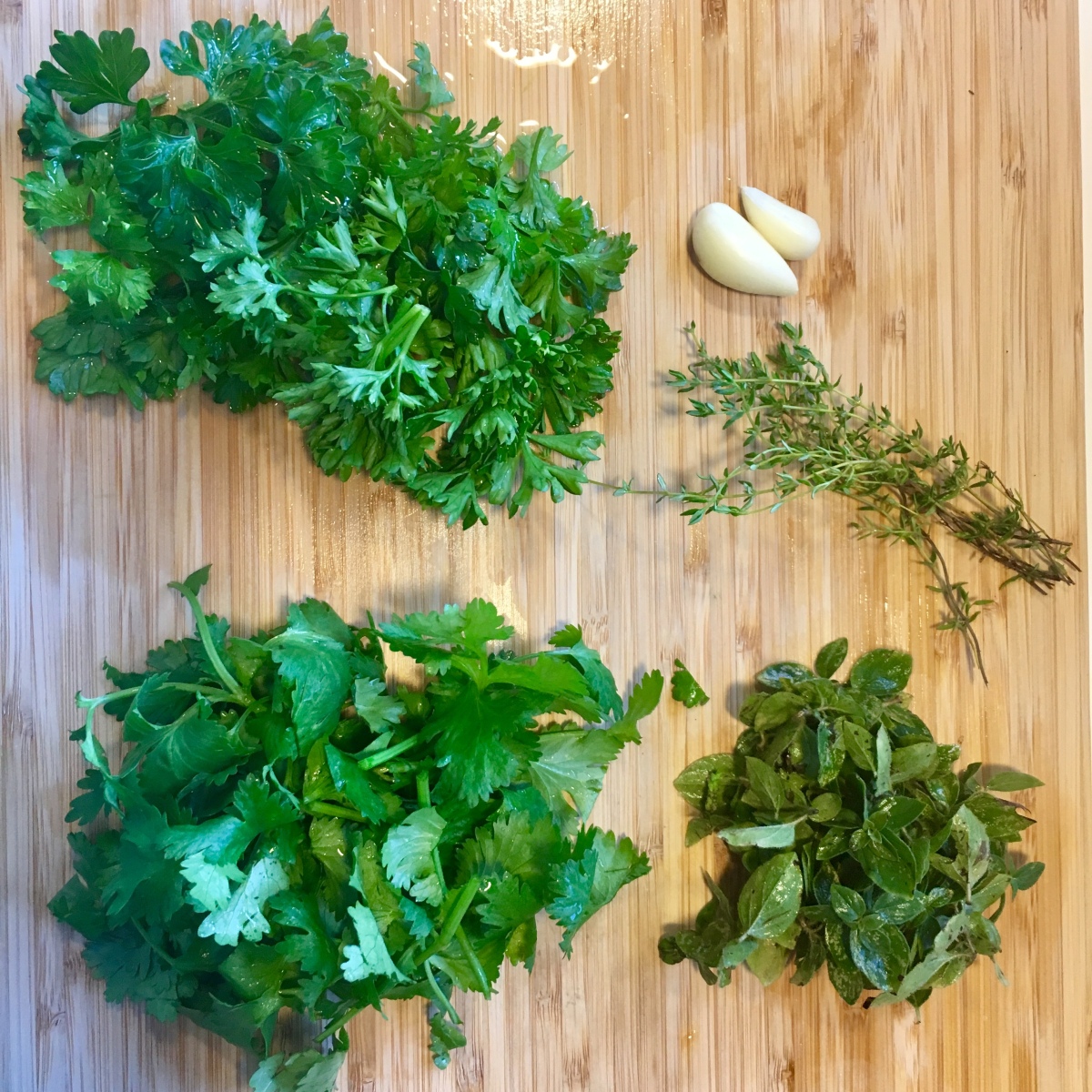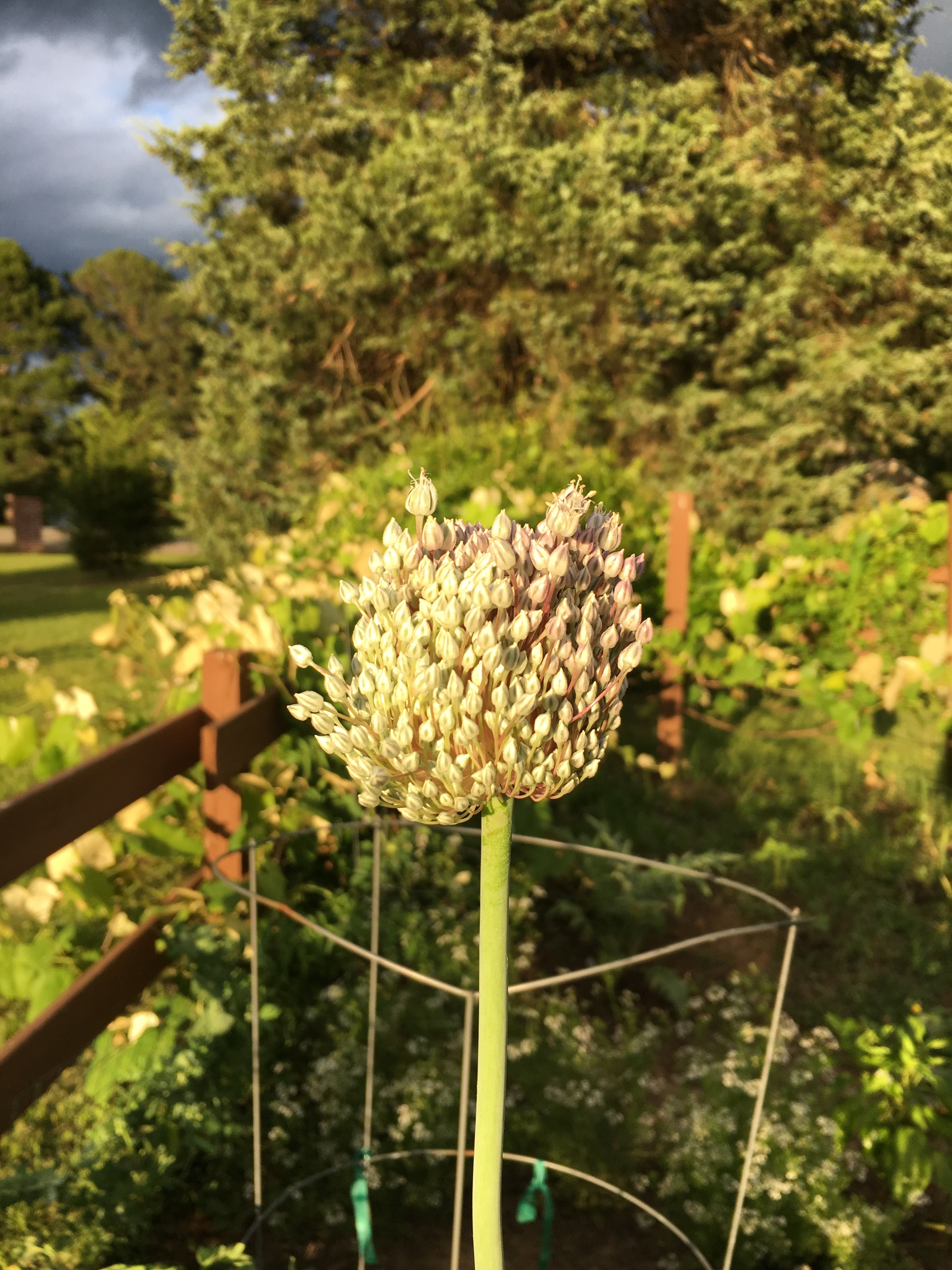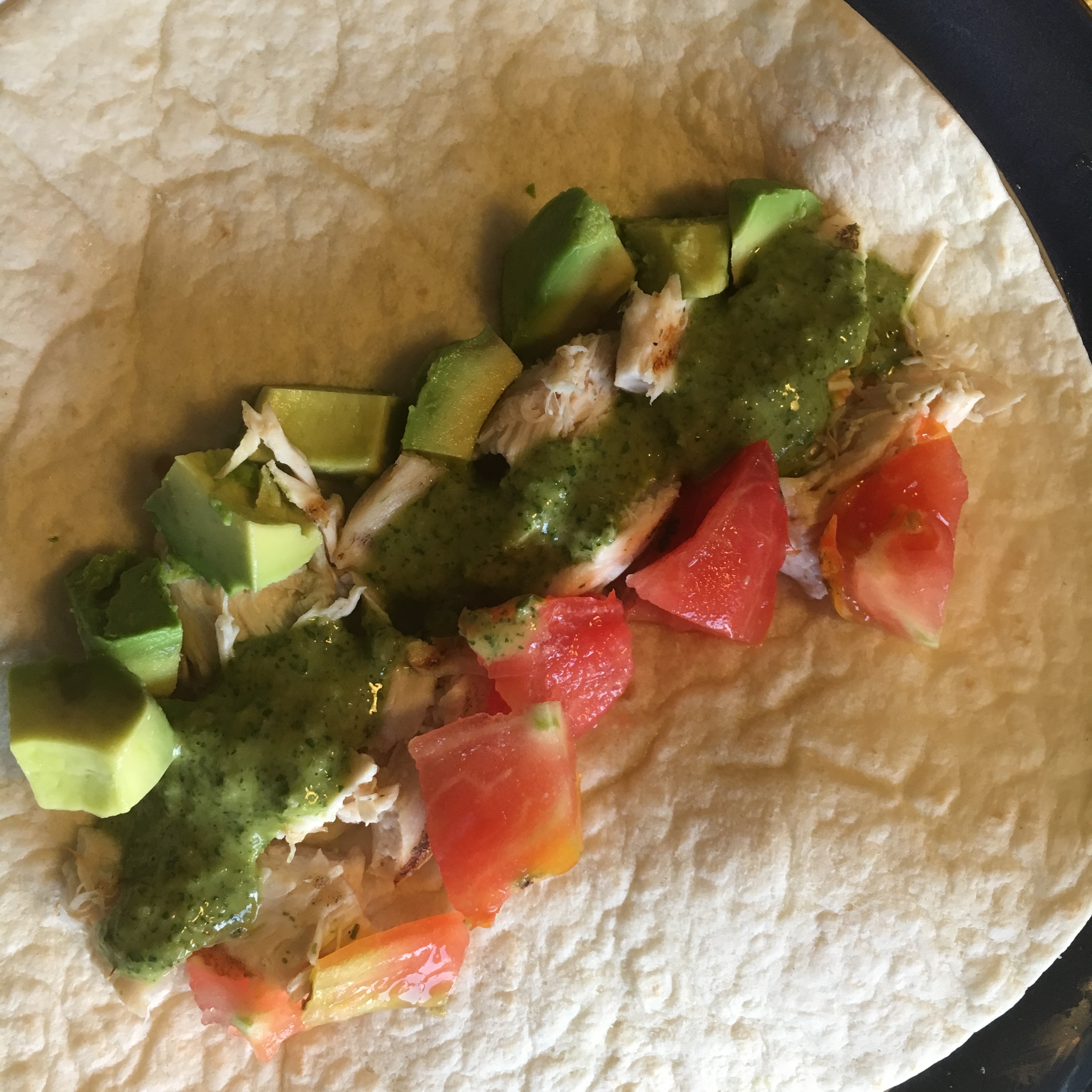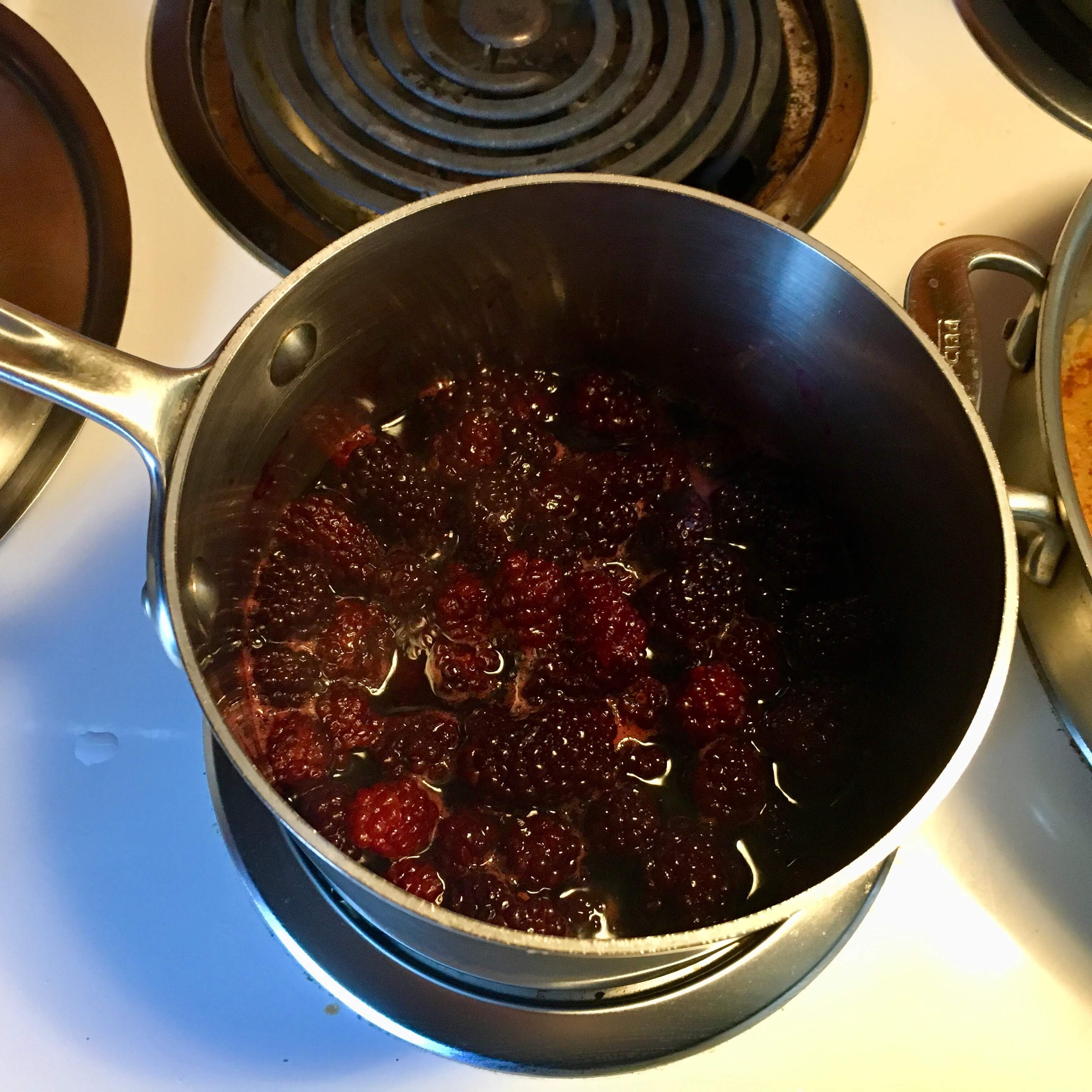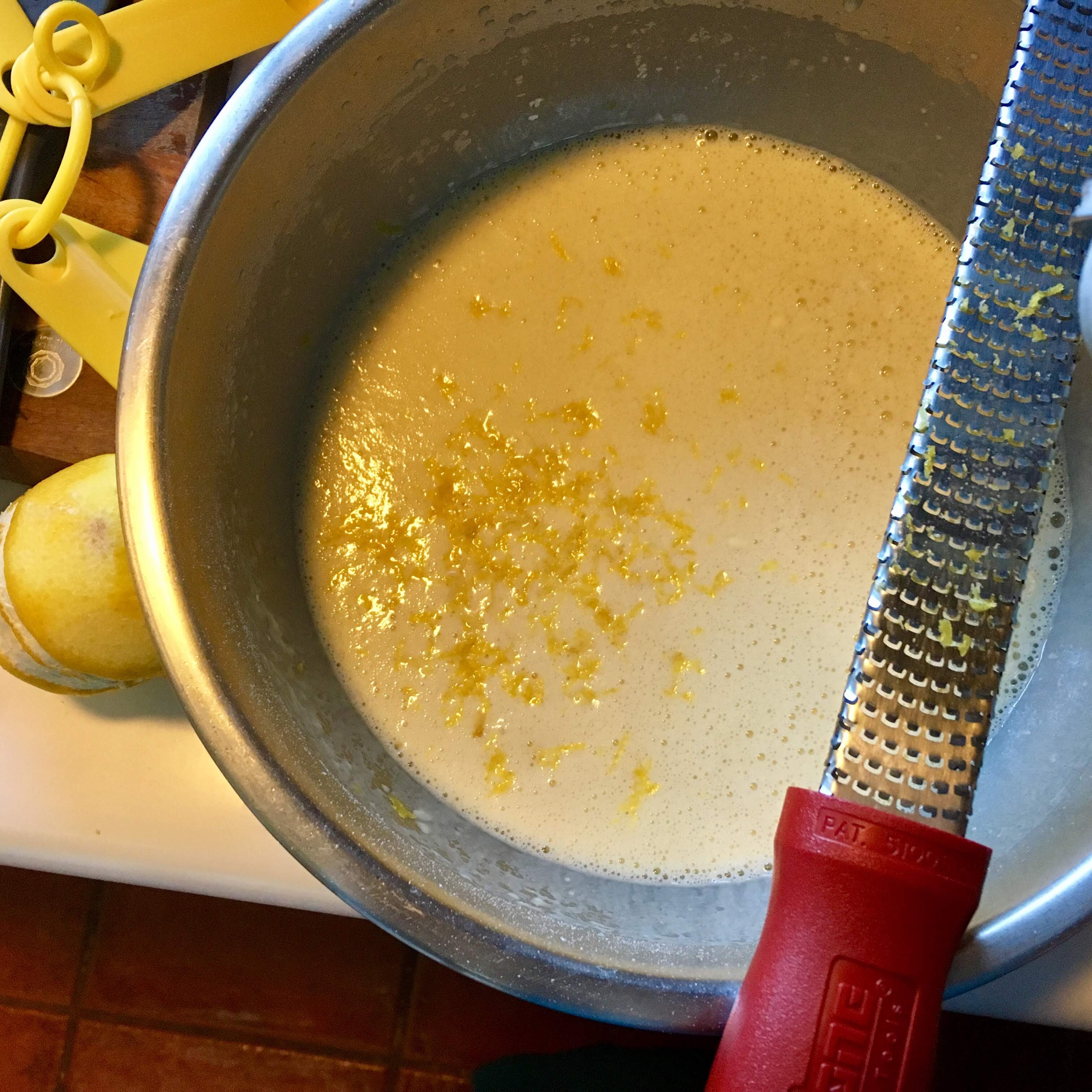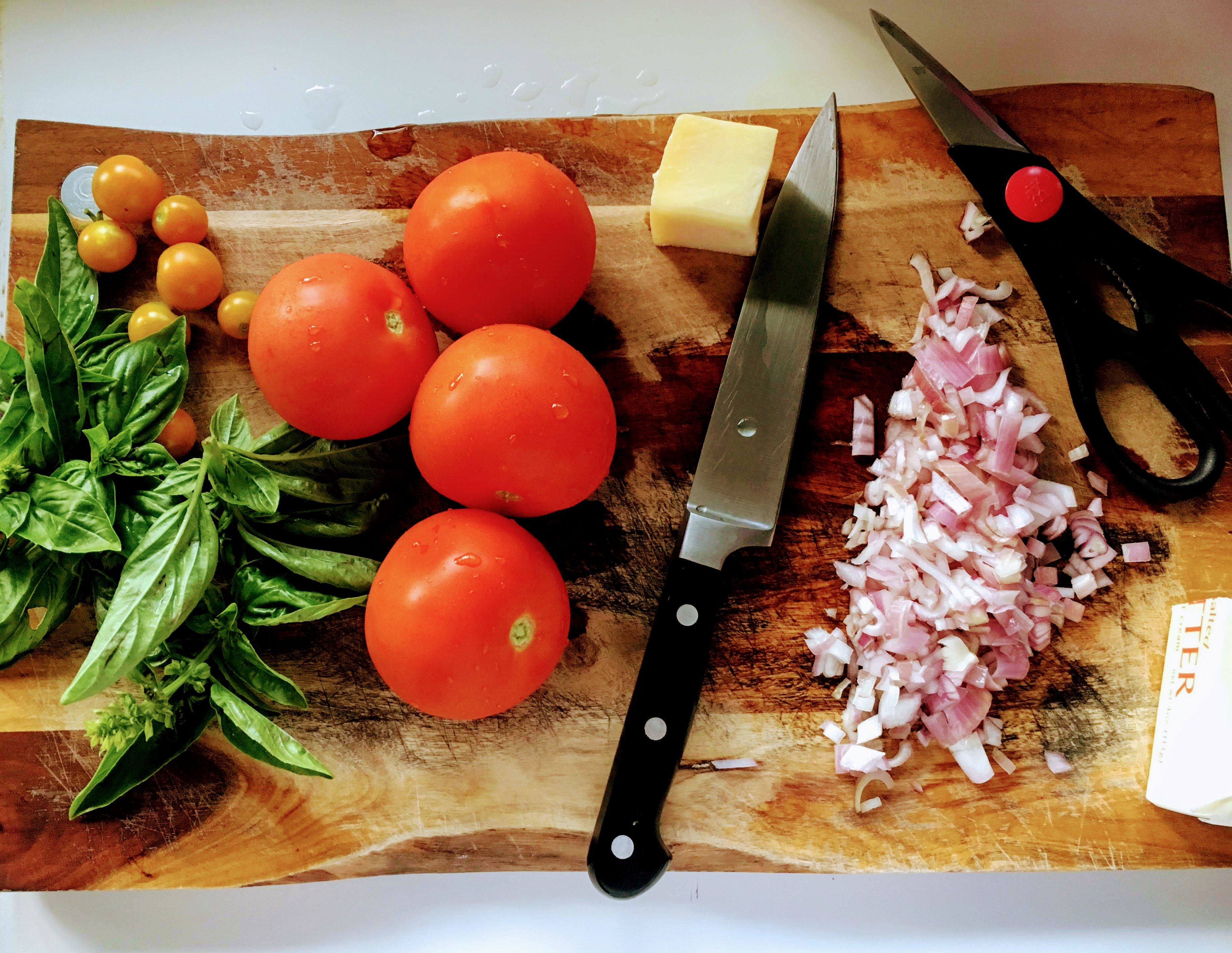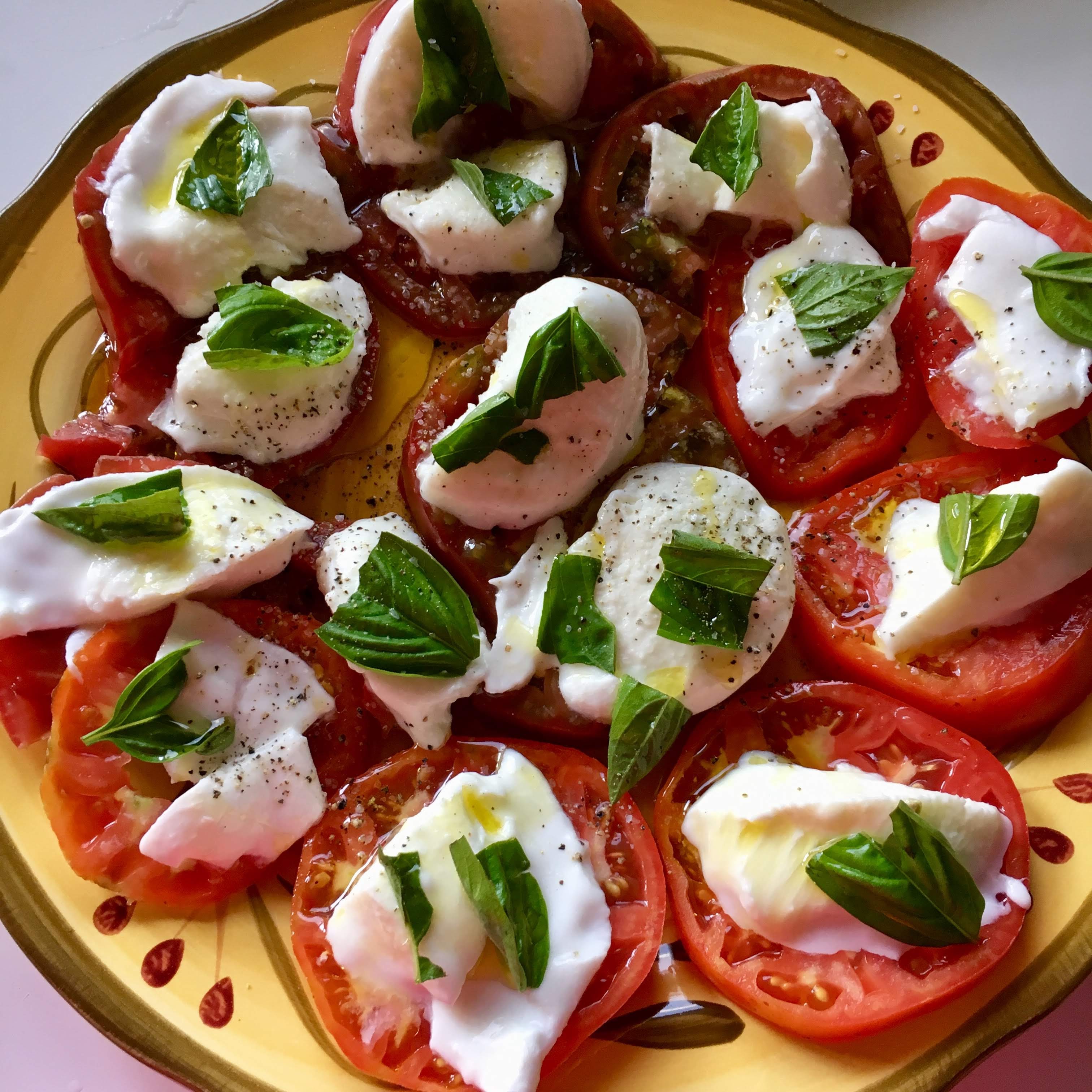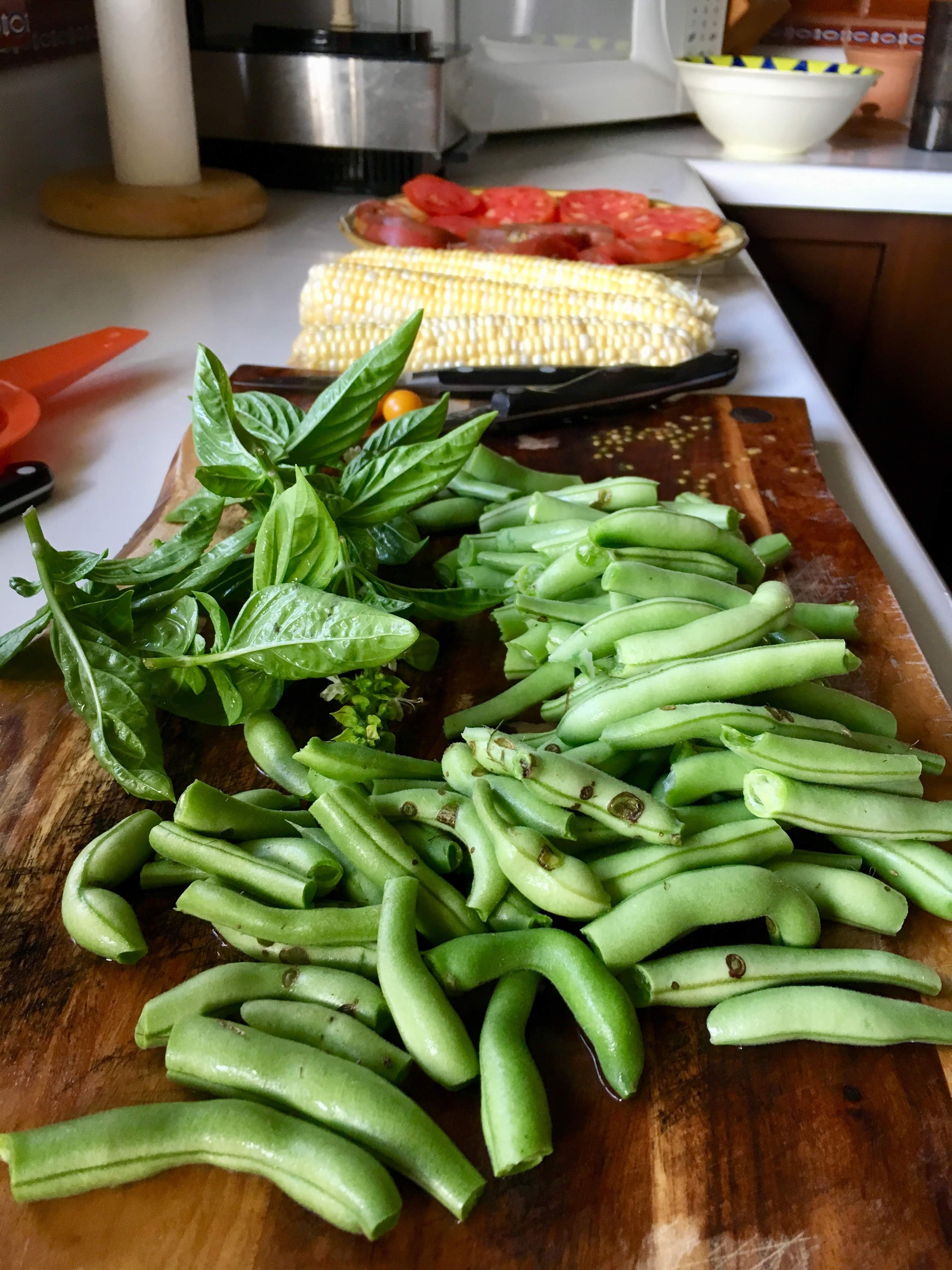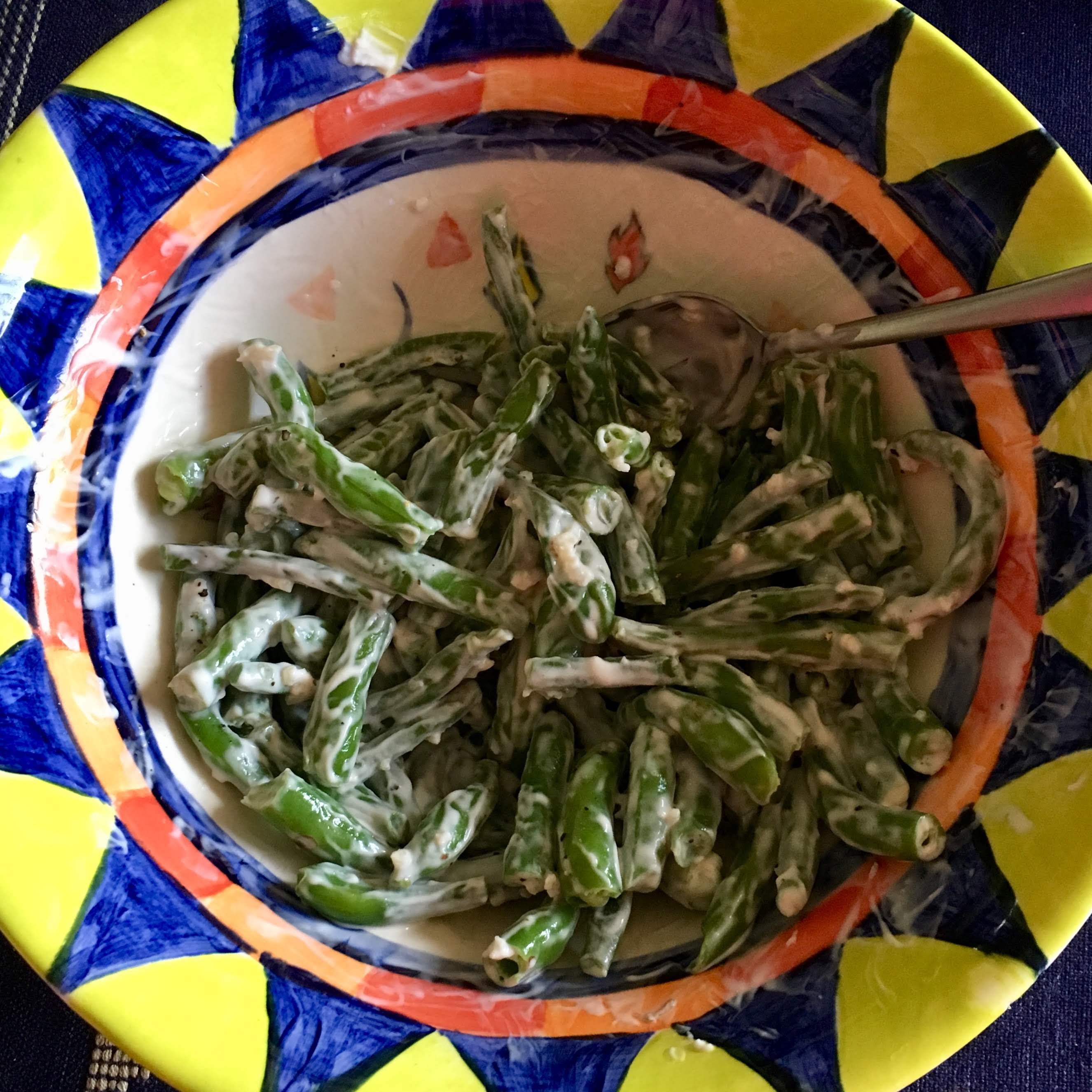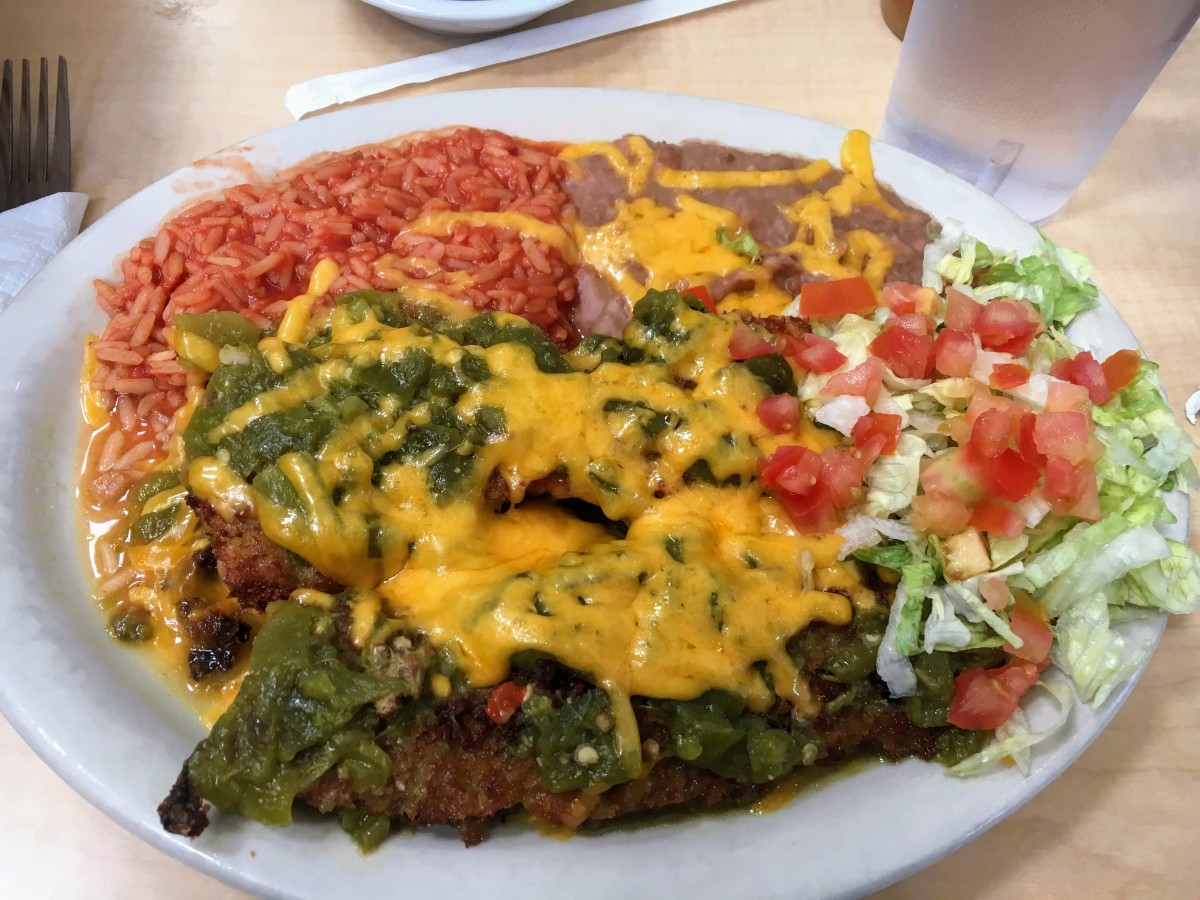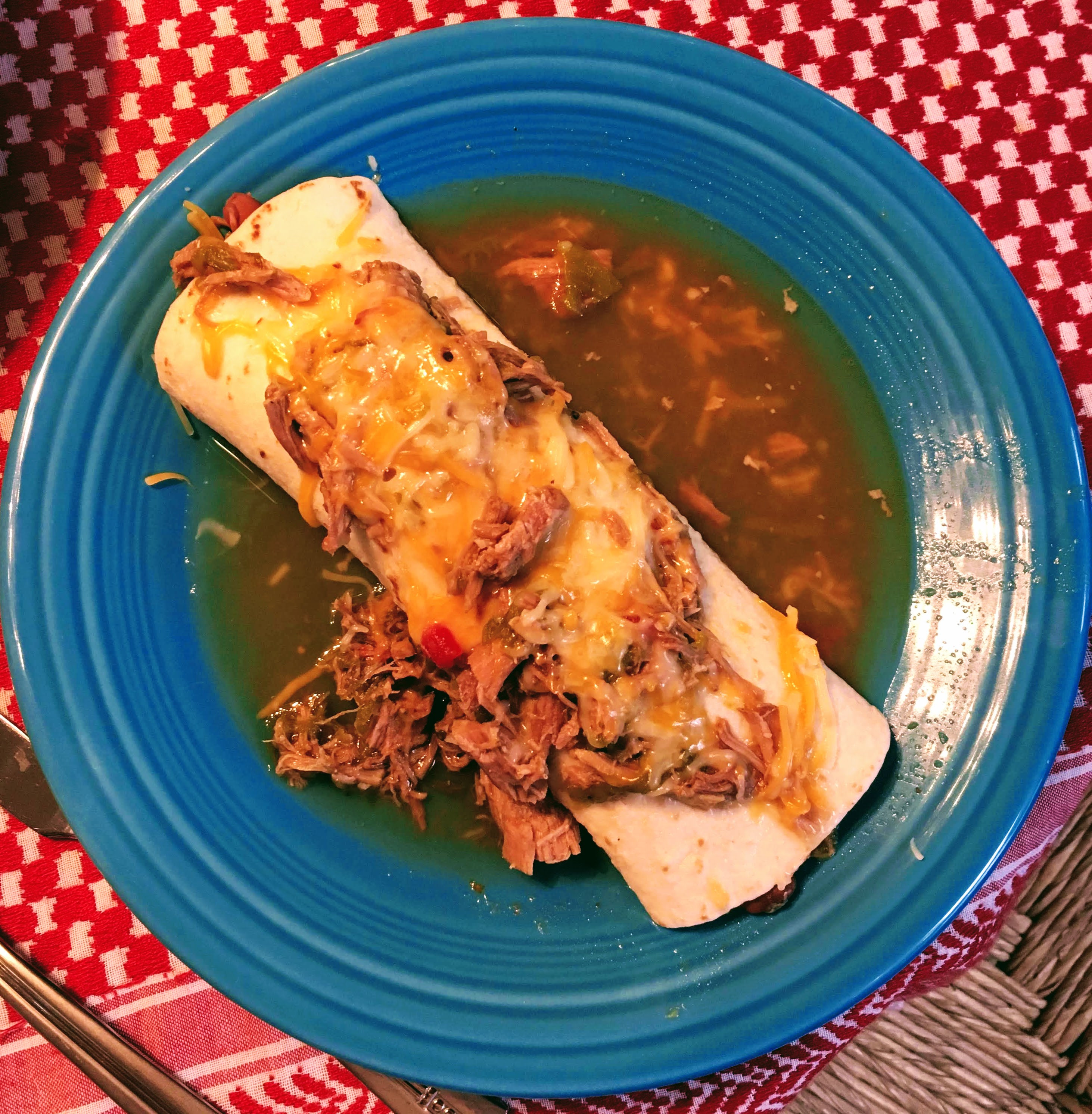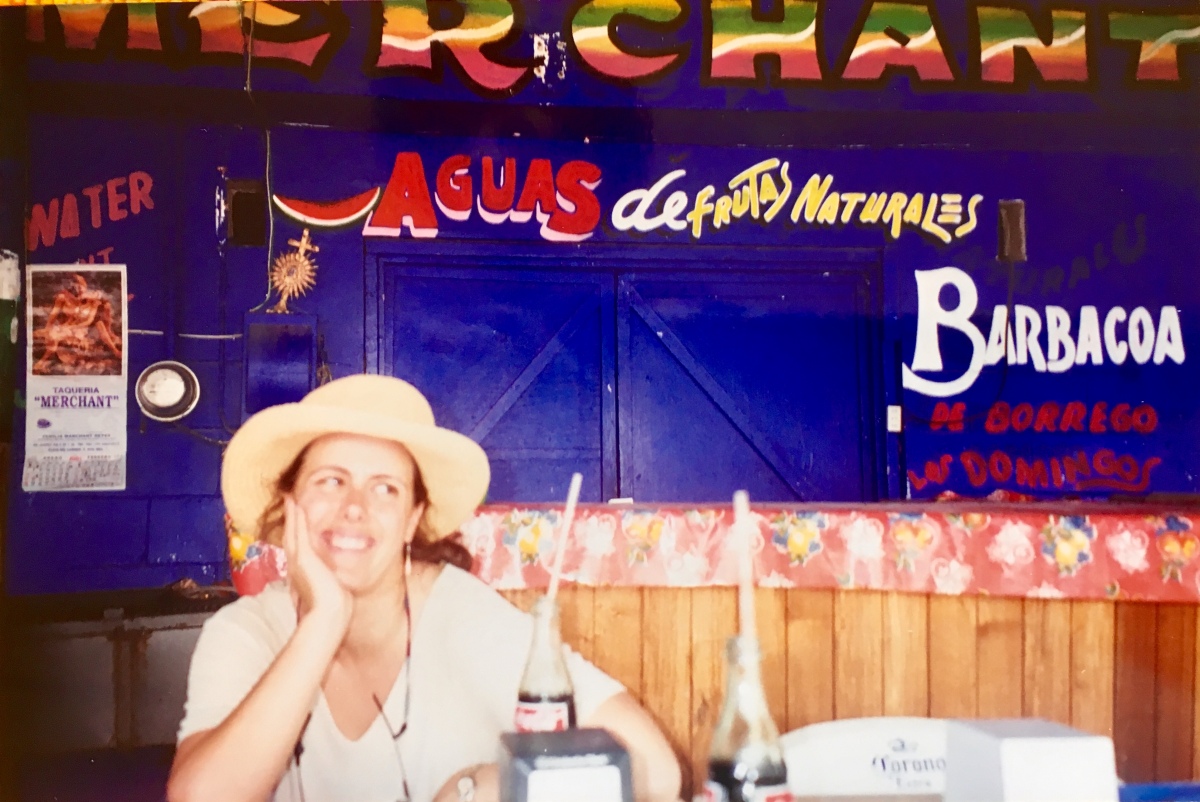It was my mom, of course, who introduced me to persimmons. Persimmons are perhaps the most embarrassing fruit to collect from public places. Much worse than black walnuts, which at least have the courtesy to look like nuts, even with their outer husks still on and greenish-brown, though they do stain your hands dark brown if you aren’t careful. No, persimmons are a different matter, because what you are collecting looks like rotten fruit, something that should not be eaten, or at least should have been eaten some weeks earlier.
You may have seen Asian persimmons in a grocery story. Those lovely orange orbs are another story. They look like something exotic, sure, but they do appear similar to other things you have eaten. The American persimmon, a native tree, is different. First of all, the trees are spindly and not so lovely on their own. In the south, where I live and grew up, ice storms often break off the thin branches closer to the ground. I suspect possums and raccoons also help, as they hunt after the sweet fruits at the narrow ends of boughs. (They are sometimes called possum apples!) And when the fruits are ripe, they hang off the barren branches, their leaves having already fallen to the ground. They look sort of pretty up there, a dusky orange against a cold blue sky.

But those high-up and pretty fruits, though ripe, are not the ones you want. In fact, a ripe persimmon is an inedible persimmon. Many folks in the south can tell you about the time someone, an older sibling perhaps, tricked them into biting into a firm, orange persimmon. The fruit at that stage are so astringent and full of tannins they will suck any moisture right out of your mouth, leaving you swearing off the very idea of gathering food from nature forever. If you’ve had this experience, you won’t soon forget it.
No, the ones you want are beyond ripe. They have been on the tree a while, after the first frost for sure. They have softened up quite a lot, called bletting, and when they are ready to eat, they fall to the ground. They are tender now, and wrinkled, and because they have fallen to the ground, they may have smashed a bit. They may have dirt on them, and they are lying next to seeds that have very likely been rejected by a raccoon, or by other persimmons that have been pecked by a bird or bitten by some other animal. They are probably still attached to twigs. They are, in fact, rotting slightly.

And, of course, you are a young teen, probably, and mortified by anyone seeing you do anything weird, which is to say doing anything at all with your parents. What you are doing now is picking up squashed and dirty fruit by the side of a road and putting it into a grocery bag. If you didn’t happen to have a bag in the car, then you are holding gooey fruits in your hands, trying not to look like you are collecting poop from some unfortunate wild animal.
Even as an adult, trying such a fruit for the first time might be a bridge too far. As you break one open in your hands, you’ll find them full of large, dark brown, inedible seeds. But something about that rich amber pulp, now soft and similar in texture to the inside of a blueberry, is enticing. If you do take the risk and touch your tongue cautiously to the flesh, you’ll find a deep sweetness. To me, they taste like fall, like they have already had nutmeg added to them. Like an autumn fig. Like a secret forest treat.

Maybe it’s the risk that makes them so special. You have to find a tree first, best located by an orange-y slick on the road below a skinny tree. No one I know cultivates American persimmons. You have to time it right, and the harvest day will be cold. Picked too early and the taste is terrible. Indeed, eating unripe persimmons can cause a woody phytobezoar, or foodball, to develop in the stomach. (Fascinatingly, these can be dissolved by Coca-Cola of all things!). So don’t snack too soon! From the look, to the tannins, to the embarrassment of collecting food by a roadside, it is easy to be dissuaded. Yet, when ready, they are truly delicious. A persimmon cake with buttermilk frosting tastes like the very best day in November. Persimmon pudding is an old-time favorite. For me, the absolute best way to use persimmon pulp is in a cheesecake. It’s enough trouble to make that I save it for Thanksgiving and make it on the Wednesday before.
I spoke with my class this week about the Slow Food movement, and they thought slow food might not be achievable in the U.S., where fast food and convenience reign. But I think hunting for a wild and difficult native food like a persimmon (or a mushroom or dandelion greens) gives us something more than calories. It connects us to our place, forcing us outdoors and into paying close attention to nature. It slows us down. It makes us take a risk, touching our tongues carefully to something that might not be quite right. You can’t commoditize an American persimmon, because it’s already past ripe. It’s instability forces us to eat here, now. When I took my daughter with me this year to pick them up off the ground, they connected me to my childhood and my mother. There’s no way to eat more locally than to eat a persimmon. It can be tricky to learn to love the fruit, but the rewards are great.

Here’s my recipe for Persimmon Cheesecake, which I adapted from the America’s Test Kitchen’s Spiced Pumpkin Cheesecake.

American Persimmon Cheesecake
Crust
9 whole graham crackers
3 T sugar
½ t ground ginger
½ t ground cinnamon
¼ t ground cloves
6 T melted unsalted butter
Filling
1 ¼ cup persimmon puree
1 T vanilla extract
1 T fresh lemon juice
½ t baking powder
1 1/3 cup sugar
1 t ground cinnamon
½ t ground ginger
¼ t grated nutmeg
¼ t allspice
¼ ground cloves
½ t salt
24 ounces cream cheese at room temperature
5 large eggs at room temperature
1 cup heavy cream
Brown Sugar and Bourbon Cream
1 cup heavy cream
½ cup sour cream
1/3 cup light brown sugar, packed
1/8 t salt
2 t bourbon
To make the crust, combine the dry ingredients in a food processor until evenly ground. I’ve also used a ziplock bag and crushed the graham crackers with a rolling pin. Add the melted butter and stir until combined. Press into the bottom of a 9-inch springform pan. Bake at 325o for 15 minutes. Set aside to cool.
For the filling, process the persimmon puree by removing the seeds from the over-ripe persimmons and pressing through a food mill. I have also used a strainer and a spoon, mashing the pulp through the holes. Don’t worry about removing the skin. Mix the pulp with the vanilla, lemon juice, and a little baking powder (if desired). Set aside.
Mix together the sugar and spices in a small bowl. Beat the cream cheese in a stand mixer (or with an electric beater) until smooth. Add all the spice mix in three additions and blend until well combined. Add the persimmon puree. Note that it has congealed! Mix well. Add the eggs one at a time and mix well. Add the heavy cream. Mix well, using a spatula to scrape the sides and bottom to fully combine. Pour the filling into the springform pan. Wrap the springform pan with foil on the base so that the water bath won’t seep in the sides. Set that pan in a large roasting pan. Add boiling water (about a gallon) to the roasting pan until it comes halfway up the outside of the springform pan. This water bath will help the cheesecake cook evenly. Bake at 325o for 1 ½ hours, until a thermometer reads 150o in the center of the cheesecake.
Remove the roasting pan to a cooling rack and let cool there for about 45 minutes. Then remove the springform pan to the cooling rack to come to room temperature (about 3 hours). Wrap springform with plastic wrap and refrigerate for at least 4 hours or overnight. Serve with the Brown Sugar and Bourbon Cream.
To make the cream, combine all ingredients but the bourbon and whip until combined. Chill for at least four hours. When ready to serve, stir in the bourbon and whip until fluffy and about doubled in size.

